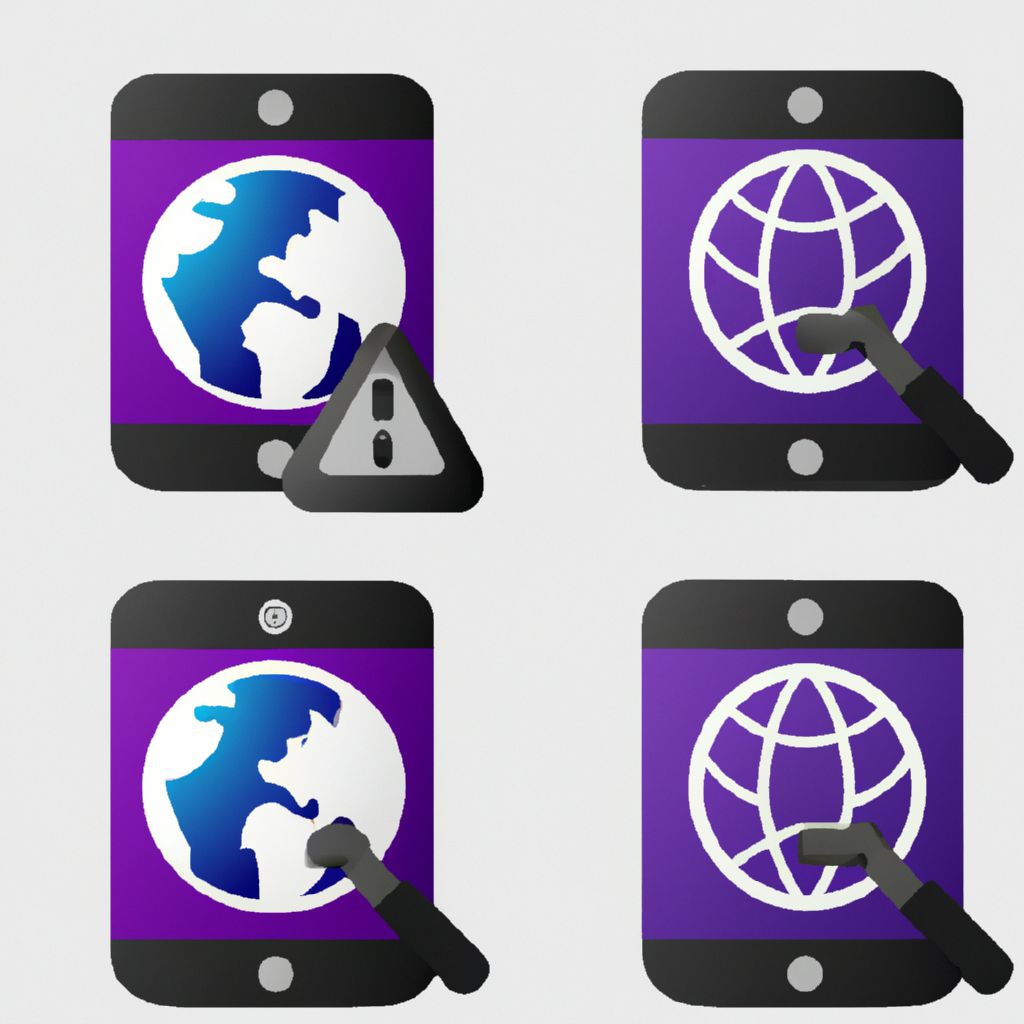Introduction: Securing the Mobile Experience
Mobile devices are ubiquitous, and users increasingly access web services and dedicated applications through them. Securing this mobile experience requires testing beyond traditional desktop web applications. We need to consider both:
- Mobile Web Testing Security: Assessing the security of standard web applications when accessed via mobile browsers (e.g., Safari on iOS, Chrome on Android).
- Mobile App Security Testing: Assessing native or hybrid applications installed directly onto mobile operating systems (iOS, Android).
While there's overlap, each presents unique challenges and requires specific testing approaches.
Mobile Web Testing Security: Beyond the Desktop View
Testing a web application through a mobile browser shares many similarities with standard web app pentesting (targeting OWASP Top 10, etc.), but with added considerations:
- Responsive Design Flaws: How does the application behave on different screen sizes and orientations? Does resizing or using mobile-specific features expose different functionalities or vulnerabilities (e.g., simplified mobile views bypassing certain controls)?
- Mobile Browser Quirks: Different mobile browsers might interpret HTML, CSS, or JavaScript slightly differently, potentially opening unique attack vectors (e.g., specific types of XSS or UI redressing).
- Session Management: How are sessions handled on mobile? Are session tokens stored securely? Are timeouts appropriate for mobile usage patterns? Is there a risk of session fixation or hijacking specific to mobile interactions?
- API Endpoints: Mobile web views often rely heavily on APIs. These APIs must be tested rigorously, just as they would be for native mobile apps or desktop applications (checking for authentication, authorization, injection, rate limiting issues).
- Touch Event Handling: Input validation needs to account for touch events alongside traditional keyboard/mouse input.
- Device Integration: Does the web app interact with device features via the browser (e.g., camera, location)? Are these interactions secure? Are permissions handled correctly?
Testing Approach: Primarily involves using standard web application testing tools (like Burp Suite, OWASP ZAP) configured to proxy traffic from a mobile device or emulator, combined with manual testing using mobile browsers. Testers specifically look for differences in behavior and security posture between desktop and mobile web interfaces.
Mobile App Security Testing: A Deeper Dive
Testing native or hybrid mobile applications requires a broader set of techniques due to the app residing directly on the device and interacting more deeply with the operating system. Key areas include:
- Static Analysis (SAST): Analyzing the application's source code (if available) or decompiled code (APK for Android, IPA analysis for iOS) to identify:
- Hardcoded secrets (API keys, passwords).
- Insecure coding practices.
- Use of weak cryptographic algorithms.
- Vulnerable third-party libraries (SCA).
- Improper handling of sensitive data.
- Dynamic Analysis (DAST): Running the application on a real device or emulator, intercepting traffic, and interacting with it to find runtime vulnerabilities:
- Insecure Data Storage: Checking for sensitive data (credentials, PII, tokens) stored unencrypted on the device (e.g., SharedPreferences, Plists, SQLite databases, logs).
- Insecure Communication: Analyzing network traffic (often via proxy like Burp Suite) to ensure encryption (TLS/SSL) is properly implemented, certificate pinning is used where appropriate, and sensitive data isn't transmitted insecurely.
- Authentication & Authorization Bypass: Testing login mechanisms, session management, and access controls between different user roles within the app.
- API Security: Vigorously testing the backend APIs the mobile app communicates with (often the most critical part).
- Business Logic Flaws: Exploiting weaknesses in the application's intended workflow.
- Platform Interaction Issues: Improper use of platform features (e.g., insecure Intents on Android, insecure URL schemes).
- Reverse Engineering & Tampering: Assessing the app's resilience against:
- Decompilation to understand its inner workings.
- Code modification or patching to bypass security controls (e.g., jailbreak/root detection, certificate pinning).
- Runtime manipulation using tools like Frida or Cycript.
Testing Approach: Requires specialized mobile security tools (Frida, MobSF, Drozer, Objection), emulators/simulators or jailbroken/rooted devices, proxy tools, and deep knowledge of iOS and Android security models.
Bridging the Gap: Unified Security
Often, mobile web and mobile apps interact with the same backend APIs. A comprehensive mobile security strategy must therefore include:
- Testing the web application on both desktop and mobile browsers.
- Performing dedicated static and dynamic analysis of the mobile application.
- Conducting thorough penetration testing of the backend APIs supporting both platforms.
Conclusion
Securing the mobile landscape demands a nuanced approach that addresses the specific risks associated with both mobile web access and native/hybrid applications. While mobile web testing extends traditional web security practices, mobile app testing introduces complexities related to on-device storage, platform interactions, and resilience against reverse engineering. By employing tailored testing strategies for each, focusing heavily on API security, and understanding the unique mobile threat landscape, organizations can build more secure and trustworthy mobile experiences for their users.
Disclaimer: This post represents the view of the individual author that wrote it and not necessarily the view of Rarefied Inc.
Looking for professional security testing?
Based on your interest in this topic, you might benefit from our specialized security services:
